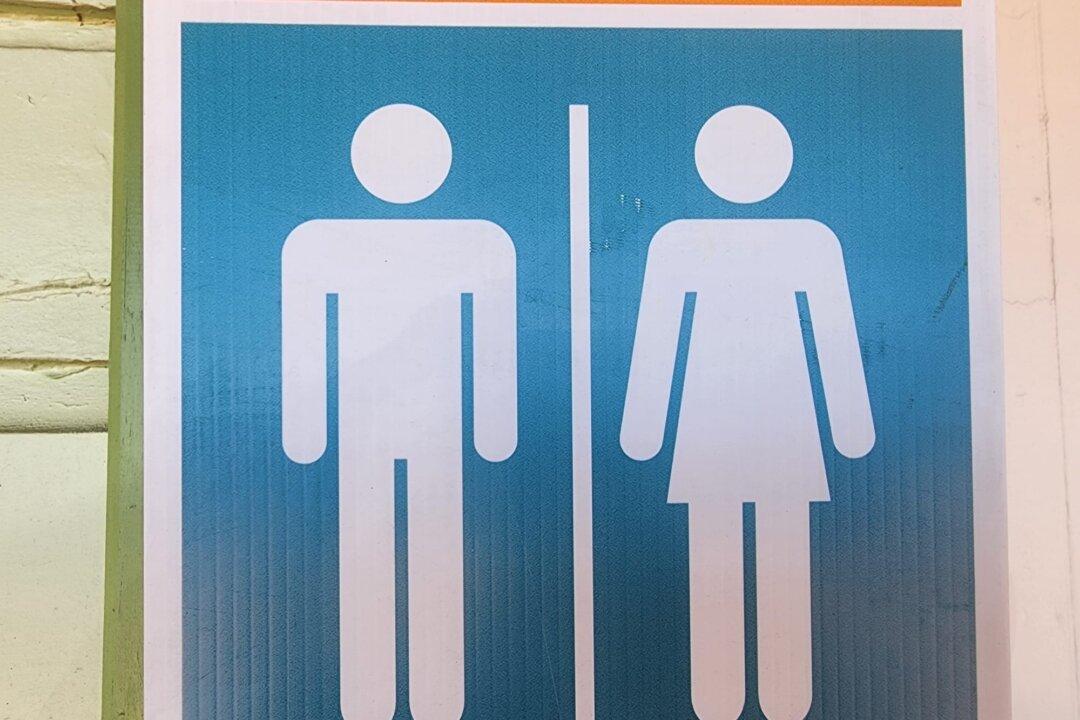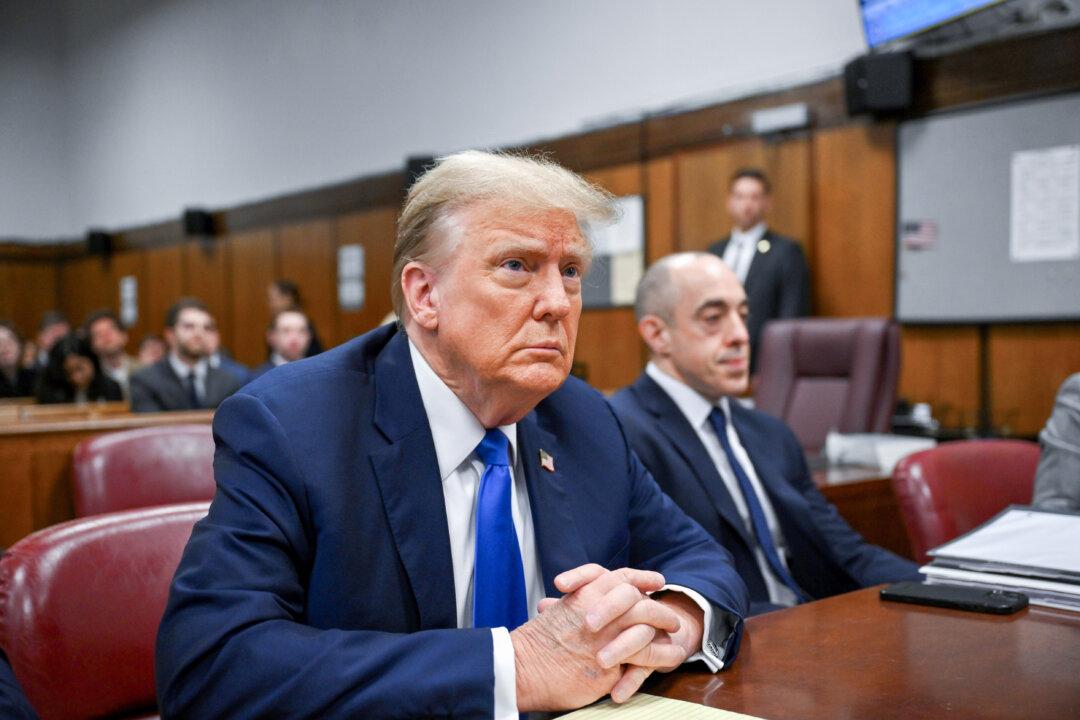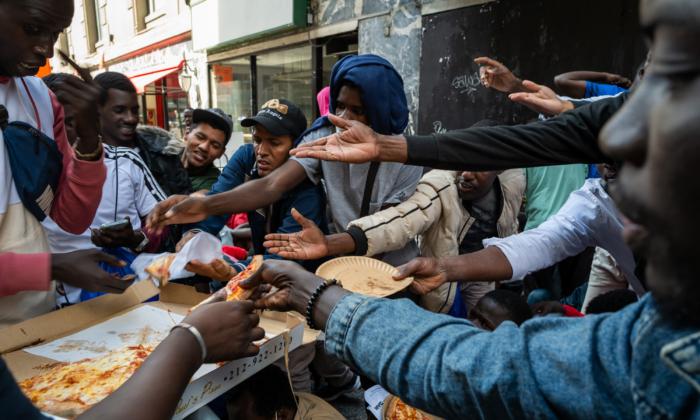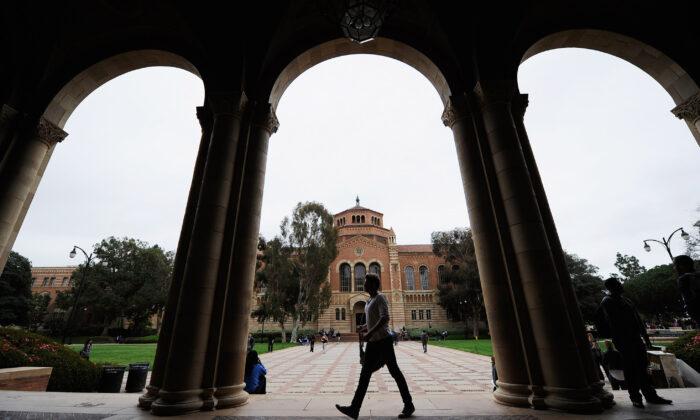It’s been more than two years since George Floyd died on May 25, 2020, and if we look at all that has followed from that death, one conclusion seems inescapable: Left radicals had been looking for a pretext to mount an all-out ideological offensive, and they used this one with great success.
All kinds of ideas that had been fringe suddenly went mainstream. Cops were now racists out to get black men and so needed to be defunded. All statistical discrepancies between blacks and whites, whether in prison inmate numbers, college enrollments, incomes, test scores, or anything else, were automatic proof of racism, regardless of what might have caused the discrepancies. Equity (that is, illegal quotas), as a result, had to replace equality of opportunity. Systemic racism and white supremacy were diagnosed everywhere. Critical race theory suddenly engulfed our public schools, and DEI (diversity, equity, inclusion) swamped our colleges, seizing control of faculty appointments, even in STEM (science, technology, engineering, and mathematics) fields.
The radical left’s agenda had never made so much progress so quickly. Pushback was suppressed by tying everything to Floyd’s death. Nobody wanted to appear to be siding with Floyd’s alleged killer.
But in the panic over Floyd’s death, one obvious question was lost: How could one death possibly mean so much? Radicals claimed that Floyd’s death proved a widespread pattern of brutal police racism, but that was, on its face, absurd: One event isn’t a pattern. And if a pattern that Floyd exemplified already existed, then what was so important about Floyd? Why weren’t they in the streets long ago protesting that allegedly preexisting pattern?
The truth was, in fact, the opposite of what the radicals claimed. They pounced on this one case only after having desperately tried to find something they could use to kick off their offensive. Far from proving a pattern, Floyd’s death was the only plausible case they could find.
A genuine justification for the campaign they were planning ought to have included many unambiguous cases of racist police violence—cases in which the victims weren’t violent felons, armed, resisting arrest, attacking a cop, or high on drugs. And if cops are as systemically racist as Black Lives Matter (BLM) says they are, they should have had no trouble finding them. But before Floyd, all the cases they tried to use turned out to be worthless.
Whatever that knee was doing, the question remains: How could it prove that a country of 330 million people and its police were systemically racist? This was all a huge con, the radical left making up in ferocity what it lacked in evidence.
Why this determination to convict us all of systemic racism on virtually nonexistent evidence? The radicals’ real purpose is to dismantle our economic and social system, yet they know it’s a hard sell to turn people against what has made their nation so prosperous. But they can always rely on one issue to make some Americans troubled enough to agree that their nation should be transformed: race. When the country makes serious progress in race relations, as it clearly has done since World War II, that’s good news for the rest of us, but it’s bad news for radicals. Their best issue slips away from them.
It’s high time we stopped letting these destructive race-hustlers whip up racial division by exaggerating the importance of isolated and atypical events. The truth is that we’ve become a multi-racial society in which all kinds of people of different races are valued colleagues in their workplace, trusted friends in private life, admired public figures—and in-laws. This heartening progress can’t suddenly be erased by a single bad actor. We must stop being taken in by this malicious manipulation.





